

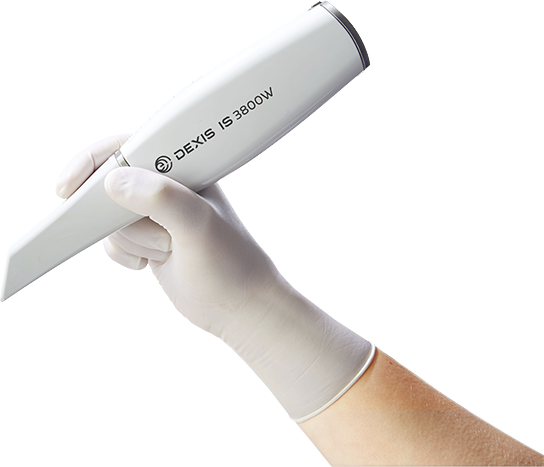
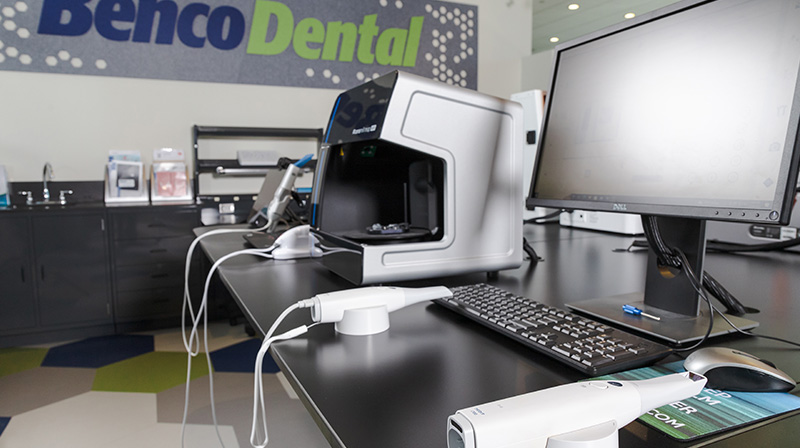
THE DIGITAL IMPRESSION PROCEDURE – WHAT’S INVOLVED?
The clinician captures an image of the tooth/teeth preparation. The impression is captured using an intraoral scanner that is inserted into the patient’s mouth and moved over the surface area of the tooth or teeth. There will be a chairside monitor to display the image as it is captured.
It takes approximately a minute and a half to capture a digital impression of prepared teeth. An impression of the teeth in the opposite arch takes just 45 seconds.
As the clinician reviews the real-time image, he or she can enlarge and manipulate it for enhanced detail.
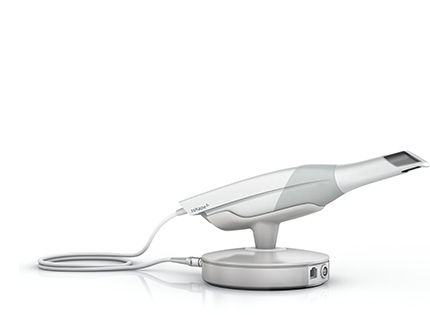
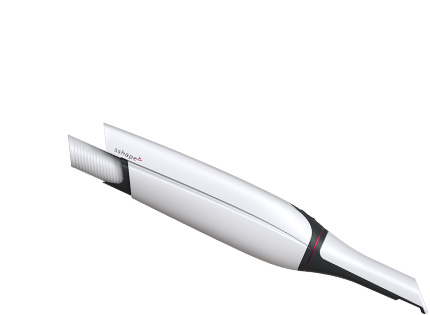
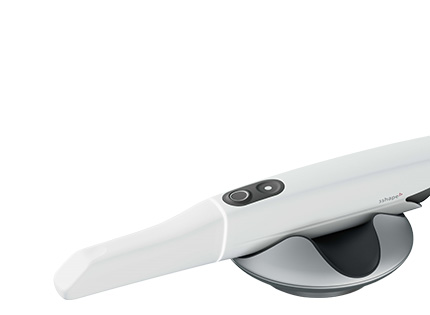
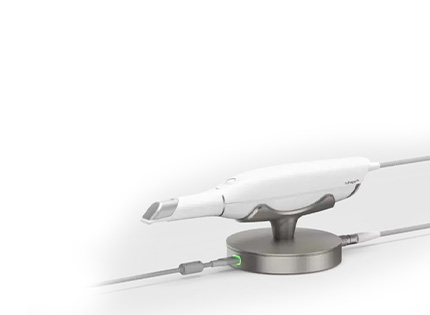
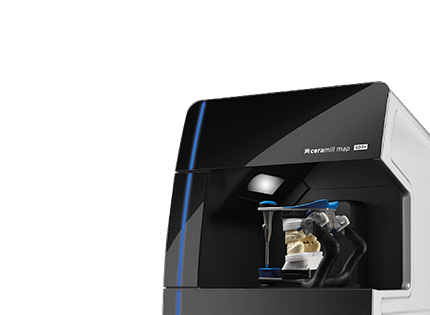
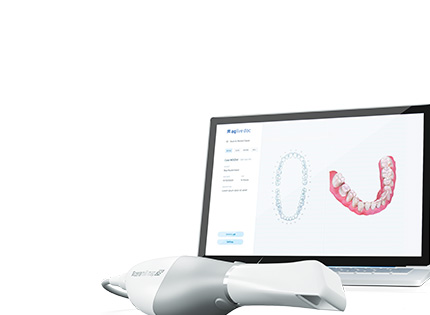
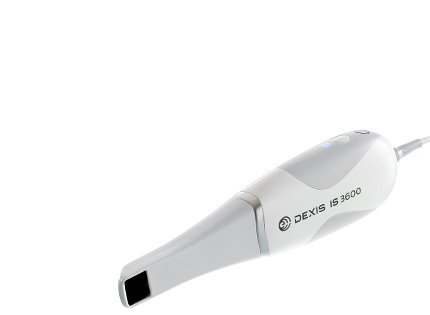
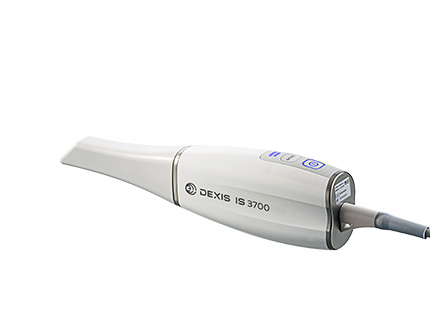
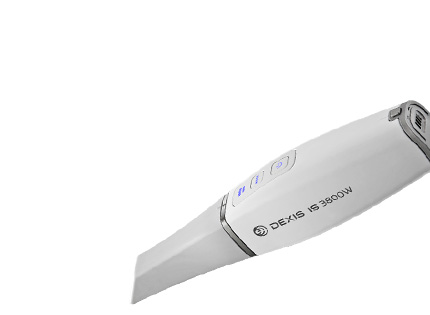
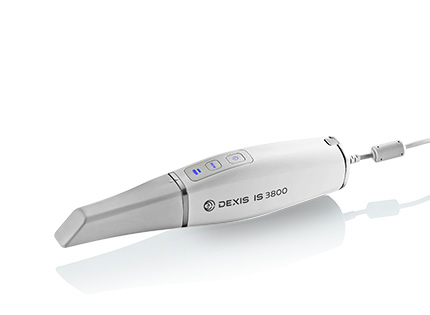
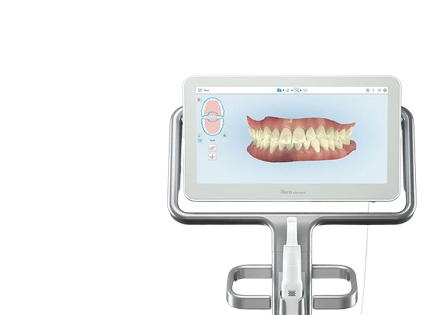
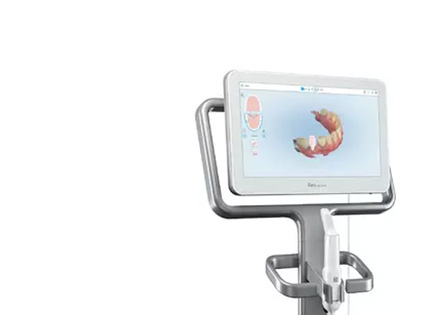
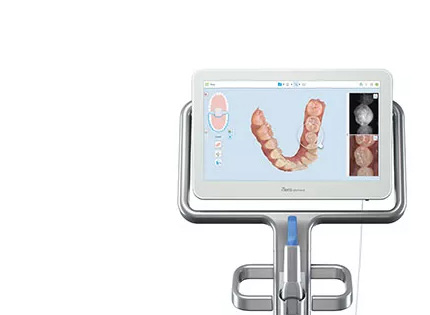
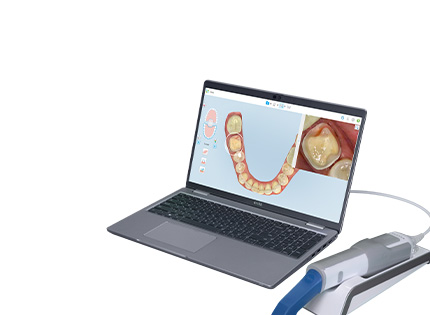
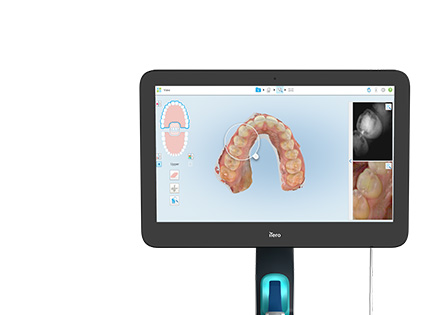
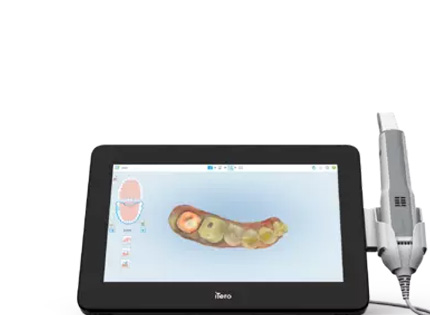
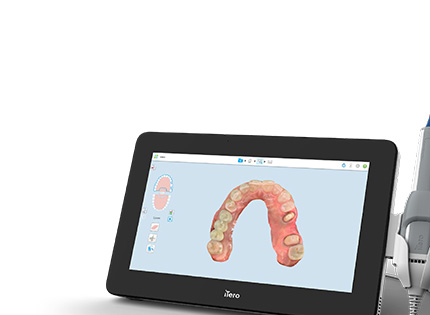
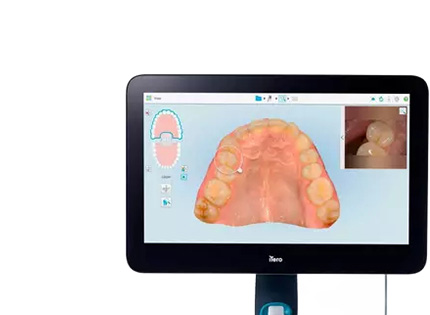
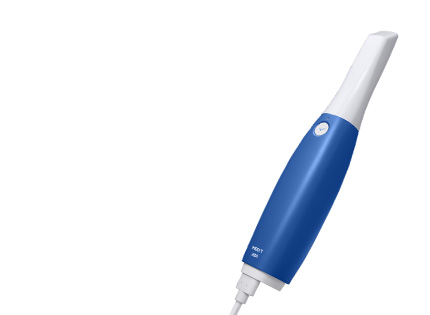
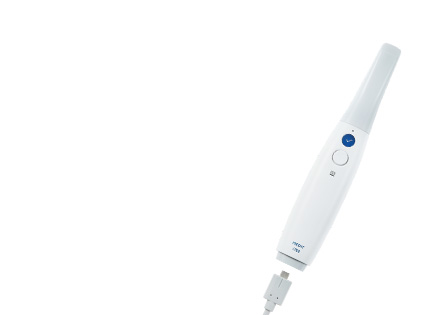
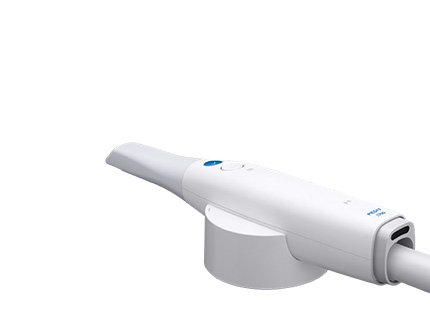
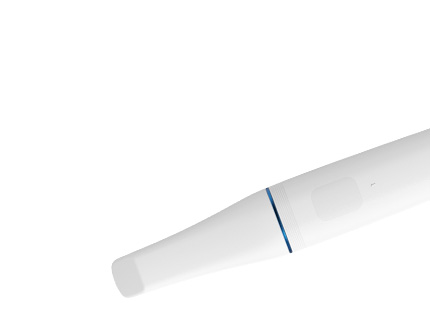
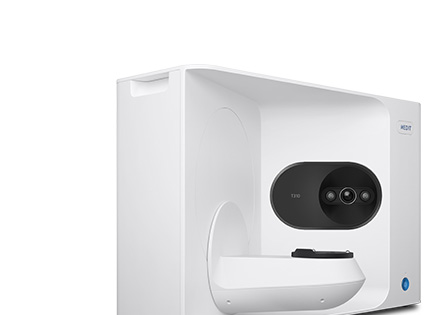
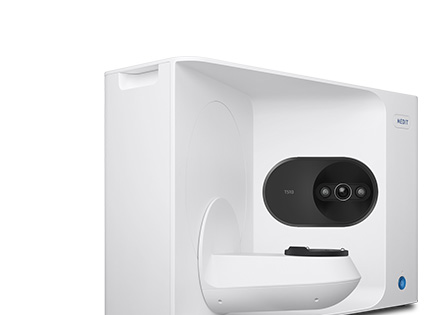
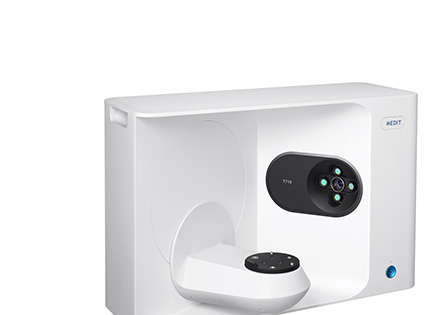
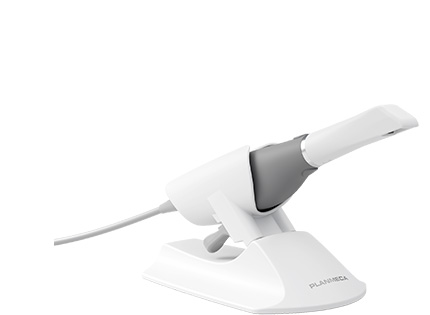
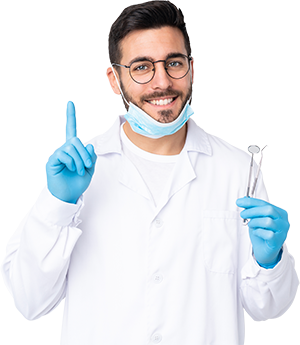
100% financing means you’ll hit the ground running. Plus, your cash remains untouched and
intact for savings, working capital or expenses.
You’ll get the things you need upfront, with no waiting.
Looking to learn more about intraoral scanners? Read through our frequently asked questions
to better understand how intraoral scanners can help your practice!
The advantages of upgrading to a digital workflow outweigh the disadvantages.
Some of the advantages digital impressions can bring to your office and patients include:
Are you doing same-day restorations at your practice? With digital impressions, the images are directly imported to your design software (computer-assisted design), and after the design is complete, it is transferred to the manufacturing software (computer-assisted manufacturing) and put in the milling machine.
DISADVANTAGES OF DIGITAL IMPRESSIONS INCLUDE:
Conventional impressions involve multiple materials and occasionally more steps. It is easy to introduce error throughout the steps involved, either from the human element or material defects.
Clinicians rely on visual evaluations to determine if the impressions are ready to ship to the lab. If mistakes are identified, the clinician will need to take another impression, which means the patient will need to undergo the procedure again, resulting in greater inconvenience and a longer appointment, as well as lost time, and an added cost for the clinician.
Digital impressions eliminate most of the labor and guesswork. They increase time savings, both during the impression appointment and delivery of the restorations. In most cases, digital impressions eliminate the need for a return visit since the restorations can be made in-office rather than being shipped to a lab.
With digital impression technology, additional scans can be layered onto the original virtual model for enhanced visual representation. The more scans that are added to the model, the more accurate the virtual model is.
Intraoral scanners can be applied in various fields of dentistry for diagnosis and for fabricating restorations in prostheses, surgery and orthodontics.
In prostheses, an intraoral scanner is used to take an impression for fabricating a wide range of prosthetic restorations: inlays/onlays, single crowns and fixed partial dentures.
In prosthodontics, an intraoral scanner can capture the 3D position of dental implants and fabricate implant-supported restorations. Implants, bridges and bars can be successfully fabricated from digital impressions.
In orthodontics, an intraoral scanner is very useful for diagnosis and treatment planning. Digital impressions can be used as the starting point for the realization of customized orthodontic devices. In the coming years, it is probable that all orthodontic appliances will be designed from an intraoral scan to meet the patient’s specific clinical needs.
You can request a demonstration by filling out the form below.
We’re happy to help you with any additional questions! Please fill in the form below, and a member of our
OneVisit team will reach out to you.